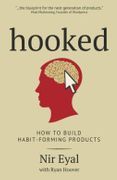
A 5 Minute Overview Of
Hooked
How to Build Habit-Forming Products
About the Authors
Nir Eyal is a start-up business consultant who helps companies build better products. Since 2003, he has founded and sold two technology companies, one of which attracted venture capital backing. He was formerly a lecturer at Stanford's Graduate School of Business and Stanford's Institute of Design and has worked in the video gaming and advertising industries. Mr. Eyal is a contributing writer for Forbes, TechCrunch and Psychology Today. He is a graduate of the Stanford Graduate School of Business.
Ryan Hoover is a writer. His work has been published in Forbes, FastCompany and PandoDaily. He is also a keen observer of product trends and was previously Director of Product at PlayHaven, a business engine for mobile game developers.
The Main Idea
What makes some products so habit-forming?

This is not really just an idle question. The market values of many enterprises today are based in large measure on the strength of the consumer habits their products and services generate. If you can design and engineer your products and services so that customers form habits of use, there will be significant benefits to your bottom line.
So how do you achieve it? At one time, companies would advertise extensively to try and get consumers to form a habit. Today, designers build hooks into their products and services — the more you use them, the more you get hooked.
Specifically, the key to forming a habit is the "Hook Model" which looks like this:

T — Trigger — You alert users they should be using your product as part of their everyday routine.
A — Action — You get users to do something which is easy and simple to describe.
R — Rewards — When users do what you suggest, they are dazzled and also intrigued by the fact variable rewards are on offer.
I — Investment — You offer the user an opportunity to put something into the product to make it even more valuable in the future, which in turn encourages them to go through the cycle again.
Get consumers into the habit of using your product or service on a daily basis and you make what you offer indispensable. That's a great place to be.
The Hook Model for Habit-Forming Products
1. Why habits are good for business. If you can get customers to use your product with little or no conscious thought and make it part of their daily routine, it stands to reason you will sell them more in the future. Habit-forming products normally start as something nice-to-have but then once the habit is ingrained become must-haves.
2. The Hook Model of habit formation. The Hook Model is all about connecting the user's problems to your solutions frequently enough to form a habit. The four components of the Hook Model are:
>Trigger — You need something to happen as frequently as possible which reminds people to use your product. Triggers can be external or internal.
>Action — The various things users do in anticipation of the reward you offer. This will be amplified if the action is easy to do and is simple to describe.
>Rewards — You create a craving by offering a variable reward. The more consumers do what you want, the better the rewards they secure. Variability feeds the habit.
>Investment — If you can get the user to invest their time, data or money into the product, that enhances the prospect they will follow-up and reuse the product again.
3. How to use the Hook Model to best effect. The Hook Model is all about getting customers to make using your product a habit. You build long-term engagement by solving their problem. To use this to best effect, put yourself in a position where you can genuinely say "Yes, I would use the product myself," and "Yes, my product helps users materially improve their lives." If you can do that, you're a facilitator, not a manipulator.
4. Where to look for habit-forming opportunities. Once you have a live product in the marketplace, you can enhance its capacity to form a habit by doing three things:
- Identify how people are actually using the product.
- Codify the actions and paths your habitual users are presently taking.
- Modify the product to allow more people to follow the path of your habitual users.
Want in-depth 30-minute summaries?
In addition to this 5-minute overview, Summaries.Com has a premium 30-minute summary of this book and 1,000+ more, to help you advance your career and business.
Check Out Summaries.com Premium Plans Today!Want more 5-minute Snapshots?
To get a new 5-minute business book snapshot each week, sign up for the Summaries.com free plan.
Sign Up for the Summaries.com Free PlanCompetitive Advantage 101 Collection
If you enjoyed this summary, here is a collection of related business book summaries, to help you get ideas and strategies that will give you an edge over your competition.
A collection of books that will help you blow away the competition.
Buy Competitive Advantage 101 Collection (5 x 30-Min Summaries)
Hooked
How to Build Habit-Forming Products
by Nir Eyal and Ryan Hoover
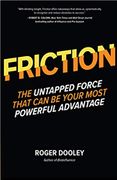
Friction
The Untapped Force That Can Be Your Most Powerful Advantage
by Roger Dooley
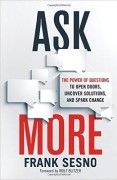
Ask More
The Power of Questions to Open Doors, Uncover Solutions, and Spark Change
by Frank Sesno
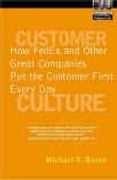
Customer Culture
How FedEx and Other Great Companies Put the Customer First Every Day
by Michael Basch
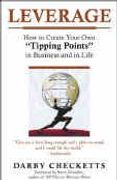
Leverage
How to Create Your Own “Tipping Points” in Business and in Life
by Darby Checketts
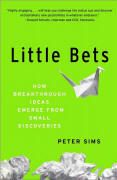
Little Bets
How Breakthrough Ideas Emerge From Small Discoveries
by Peter Sims